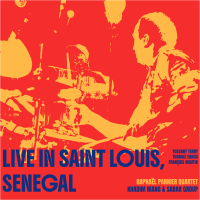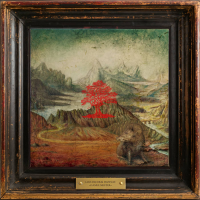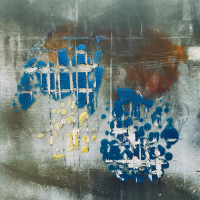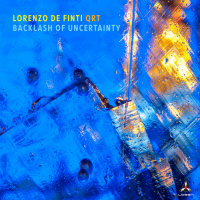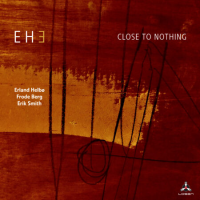Home » Jazz Articles » Album Review » Sun Ra and His Arkestra: Jazz in Silhouette
Sun Ra and His Arkestra: Jazz in Silhouette
This album simply inspires, no matter what perspective you adopt: rhythm, melody, ensemble or mood. You can listen to John Gilmore sculpt his solo on “Saturn” with sensitivity and flair, or Hobart Dotson extemporize with grace and wit on the two-beat gospel number “Hours After”.
Or you could listen to how Ra integrates all of his marvelous sidemen with the intent of creating a bold yet highly disciplined group sound. Ra ingeniously weaves together the nostalgic, almost sentimental themes and counter-themes that make up Hobart Dotson’s “Enlightenment”, and in doing so he transforms the material from the everyday to something transcendent. On “Saturn” he subtly blends the abstract melody and rapid propulsion of bebop with more conventional big band themes without sacrificing the essential character of either. The tune swings hard and the soloists still create challenging lines.
Ra and the Arkestra continually invent intriguing rhythmic ideas, like on the burning “Velvet”. The rhythm section plays in a brisk 4/4 while the rest of the ensemble deftly navigates an arrangement that seems intent on creating confusion with irregular accents and off-balance phrases. But the Arkestra plays so precisely that they create weightlessness instead, and one cannot help but be uplifted by their force.
Continuing the inventive rhythmic interplay is the dark “Ancient Aiethopia”. However, unlike the other compositions, it lacks any harmonic progression, and Ra foregrounds the varied percussion that the Arkestra was starting to utilize at this time. Most importantly, it points towards the direction the Arkestra would head in the next decade. Namely, the Arkestra begins to blur the distinction between rhythm and melody, thereby creating more freedom in the ways that both could develop. Ra himself has stated that the two are inseparable. Here, Boykins' bass, the floor toms and Ra’s left hand set up an interlocking pulse. Ominous brass figures and a percussive flute solo follow, then Dotson builds a penetrating solo on the prevailing mood of mystery and distance. Ra most distinctively blurs the rhythm/melody line in an interlude that grows out Dotson’s melodic ideas, yet still forcefully follows the pulse pattern already established.
Jazz in Silhouette shows Ra doing what he did like few others: looking at the past, present and future simultaneously while maintaining a unified musical direction. Ra’s Arkestra swings intricate big band charts worthy of Ellington, never forgetting their blues roots. They precisely play angular bop melodies in an orchestra setting. They explore the wide-open modal frontier that was opening up and also foreshadow the prominent role percussion would play in the coming years. Combine these elements with bold solos that gleam with warmth and precision, splashes of Afro-Cuban rhythms and Ra’s imaginative writing- what results is a captivating set of music that not only firmly establishes Ra in the jazz tradition, but actually puts him on its leading edge, pointing the direction forward.
Track Listing
1.Enlightenment 2.Saturn 3.Velvet 4.Ancient Aiethopia 5.Hours After 6.Horoscope 7.Images 8.Blues at Midnight
Personnel
Sun Ra
pianoSun Ra: piano; John Gilmore: tenor sax; Marshall Allen: alto sax, flute; Pat Patrick: baritone sax, flute; Hobart Dotson: trumpet; Julian Priester: trombone; Charles Davis: baritone sax; James Spaulding: alto sax, flute; Ronnie Boykins: bass; William Cochran: drums
Album information
Title: Jazz in Silhouette | Year Released: 2003 | Record Label: Evidence Music
Tags
PREVIOUS / NEXT
Support All About Jazz
 All About Jazz has been a pillar of jazz since 1995, championing it as an art form and, more importantly, supporting the musicians who make it. Our enduring commitment has made "AAJ" one of the most culturally important websites of its kind, read by hundreds of thousands of fans, musicians and industry figures every month.
All About Jazz has been a pillar of jazz since 1995, championing it as an art form and, more importantly, supporting the musicians who make it. Our enduring commitment has made "AAJ" one of the most culturally important websites of its kind, read by hundreds of thousands of fans, musicians and industry figures every month.









